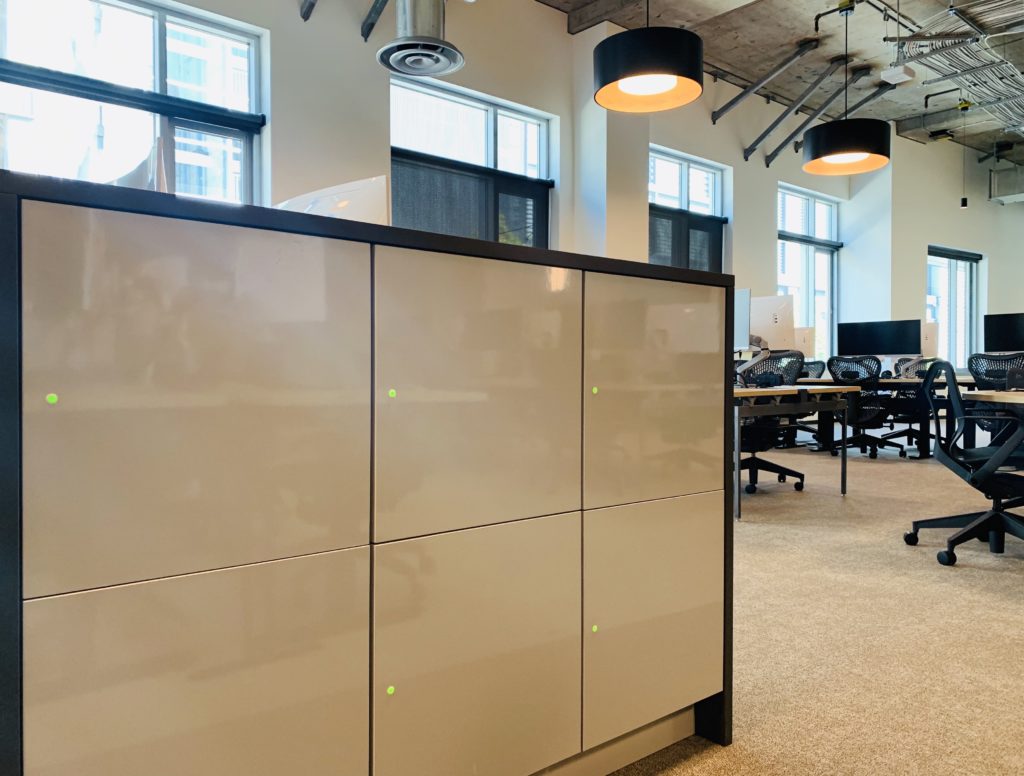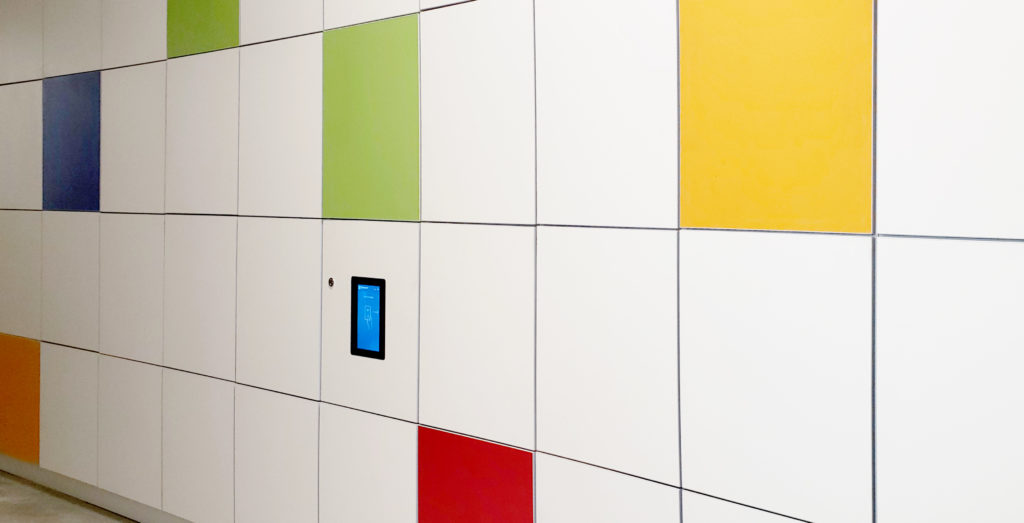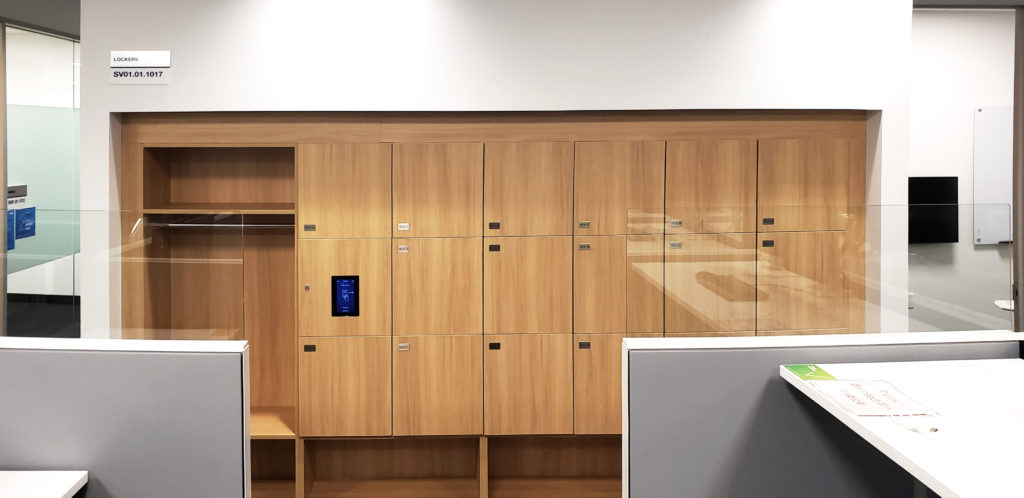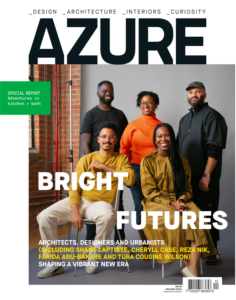Featured in Azure Magazine, Hollman’s Mobile Smart Locker


The latest issue of Azure Magazine features Hollman’s Mobile Smart Locker. The design for this collaborative workstation and moveable storage unit serves to meet the needs of today’s flexible work environment. The Mobile Smart Locker can include a wired or wireless charger with a lifespan of up to 10 hours. The unit additionally includes storage on both sides and the ability to be tucked away into a taller cabinet when not in use.
View the Mobile Smart Locker feature here
For press inquiries contact: marketing@hollman.com
Learn more about our storage solutions at Hollman.com
RELATED ARTICLES:









